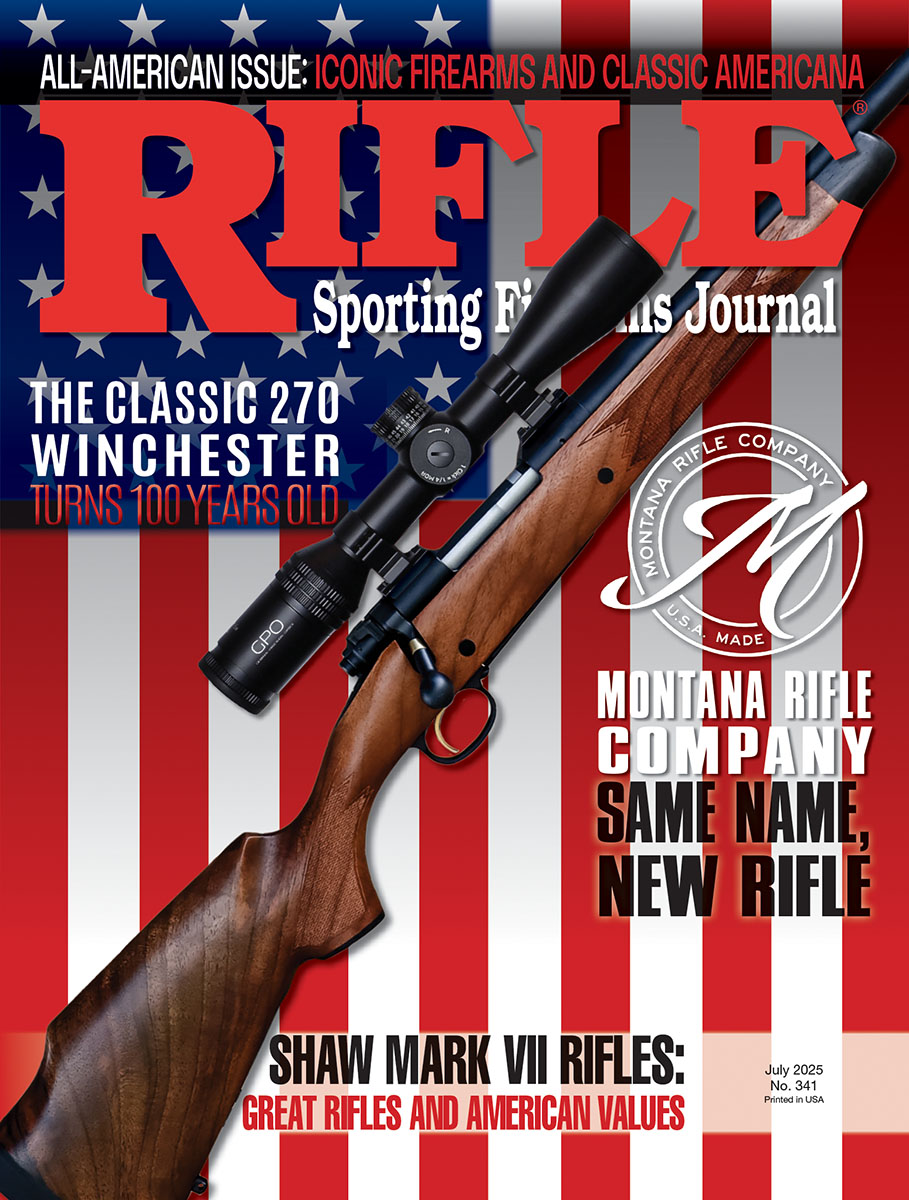The 270 Winchester Turns 100
Still on Top
feature By: Brian Pearce | July, 25

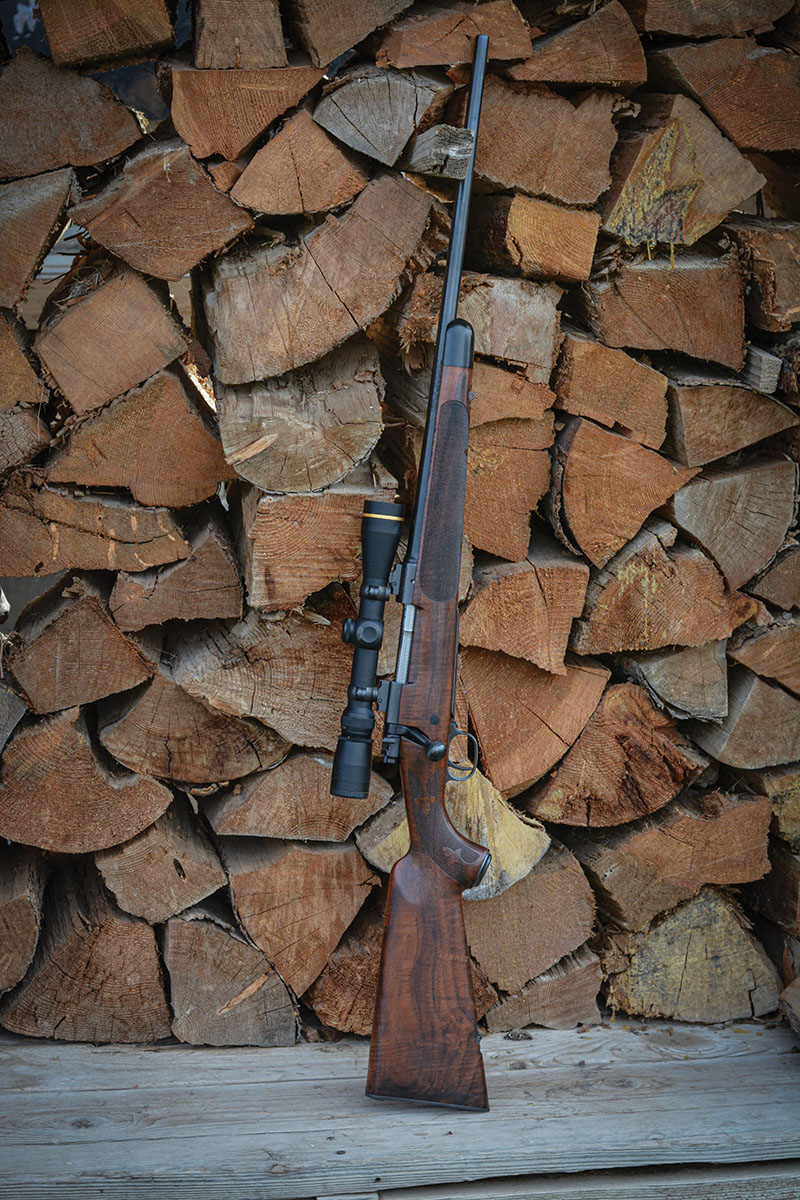
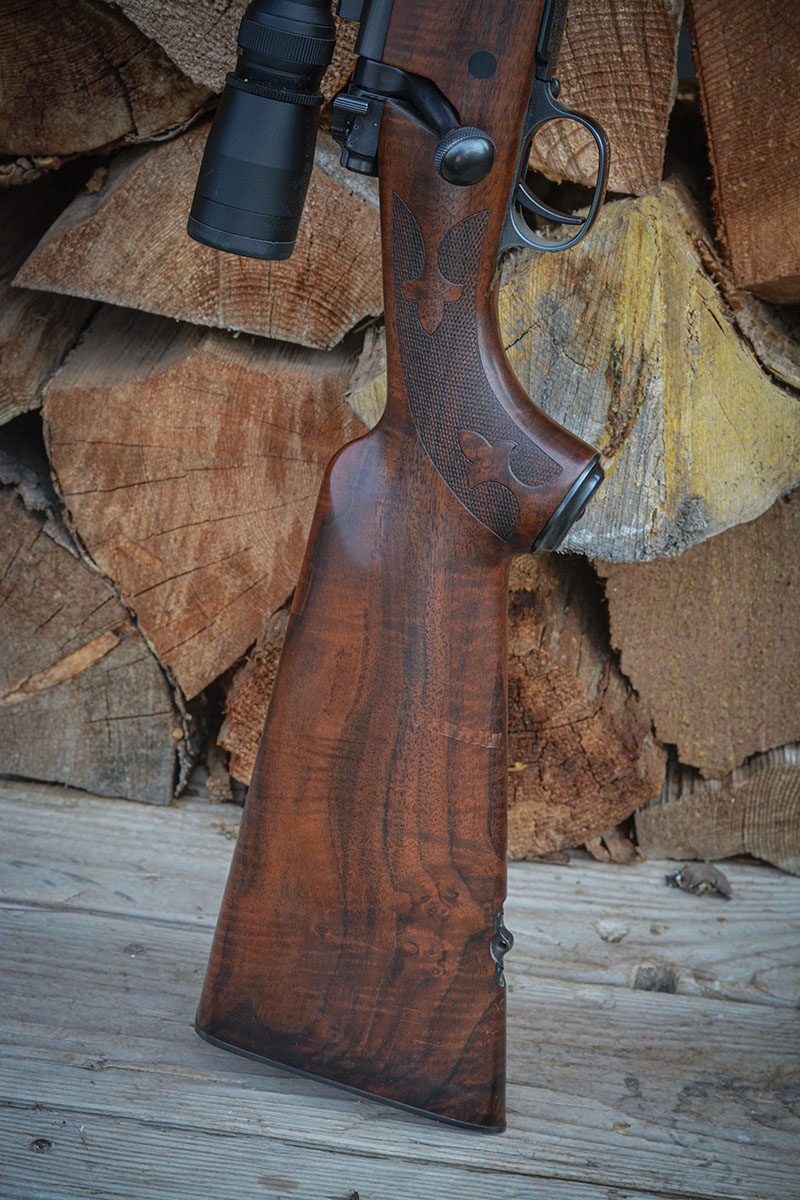
The events that led up to the 270 W.C.F.’s introduction are a story rarely told. Most sources list either 1923 or 1925 as the date of development; however, it existed as early as 1918 in the ultra-rare Winchester rifle known as the Model E, or what became the Model 51 Imperial Sporting Rifle. The exact number built is debatable, but only 24 Model 51s were produced, including four pre-production rifles built in the “Model Shop” and 20 built in the factory “Gunsmith Shop.” Rifles were chambered in 30-06 Springfield, 35 Newton and a brand-new caliber marked “27 CAL” on the barrel with a muzzle velocity that exceeded 3,000 fps! Notably, the 250-3000 Savage was introduced in 1915 and was loaded with a special lightweight 87-grain bullet that allowed it to be the first commercial sporting cartridge to break the magical 3,000 fps mark. Naturally, Winchester could not let that achievement go unchallenged and developed the 27 CAL!
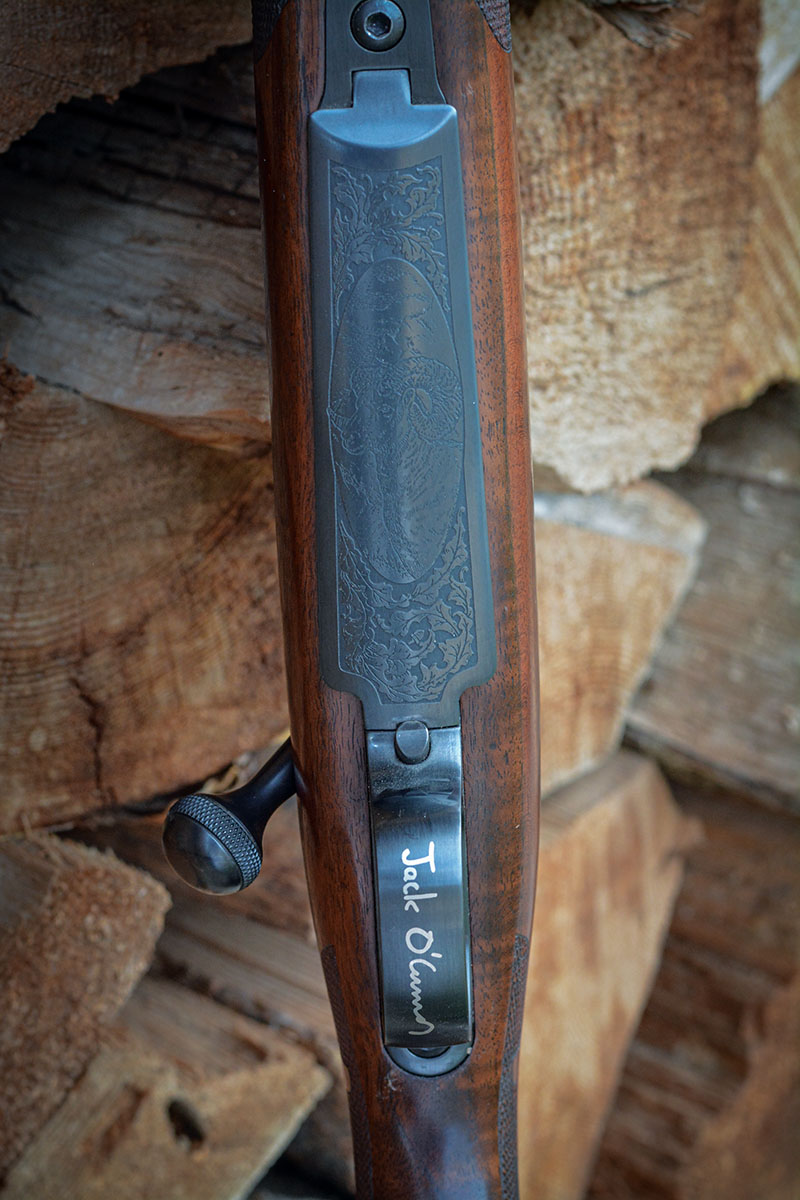
The Model 51 had several patents, but suffice it to say that it was a control round feed bolt-action rifle intended to be a factory-built, extremely high-grade custom number that would appeal to wealthy, discriminating sportsmen. It was a robust design that shared many similar features with the P-14 and M1917. Production would only be from the Winchester Gunsmith Shop, the equivalent of factory custom shops as we know them today. Features included both solid and takedown frames, a standup ladder rear sight mounted on the bridge of the rear receiver, an adjustable peep sight, and a barrel-mounted folding leaf-style express rear sight. It was designed to accept a telescopic sight long before glass sights were in widespread use. Due to each gun being built to customer specifications with “Best Quality” hand workmanship, Winchester anticipated that orders would not exceed 200 units annually. The 27 CAL cartridge, with its groundbreaking ballistics and easy-to-shoot nature, was expected to draw considerable attention to the Winchester product line and was as elite as the rifle that housed it. It would be easy to speculate that Winchester could have named it the 27 Imperial. Regardless, Model 51s with serial numbers 1 and 3 are
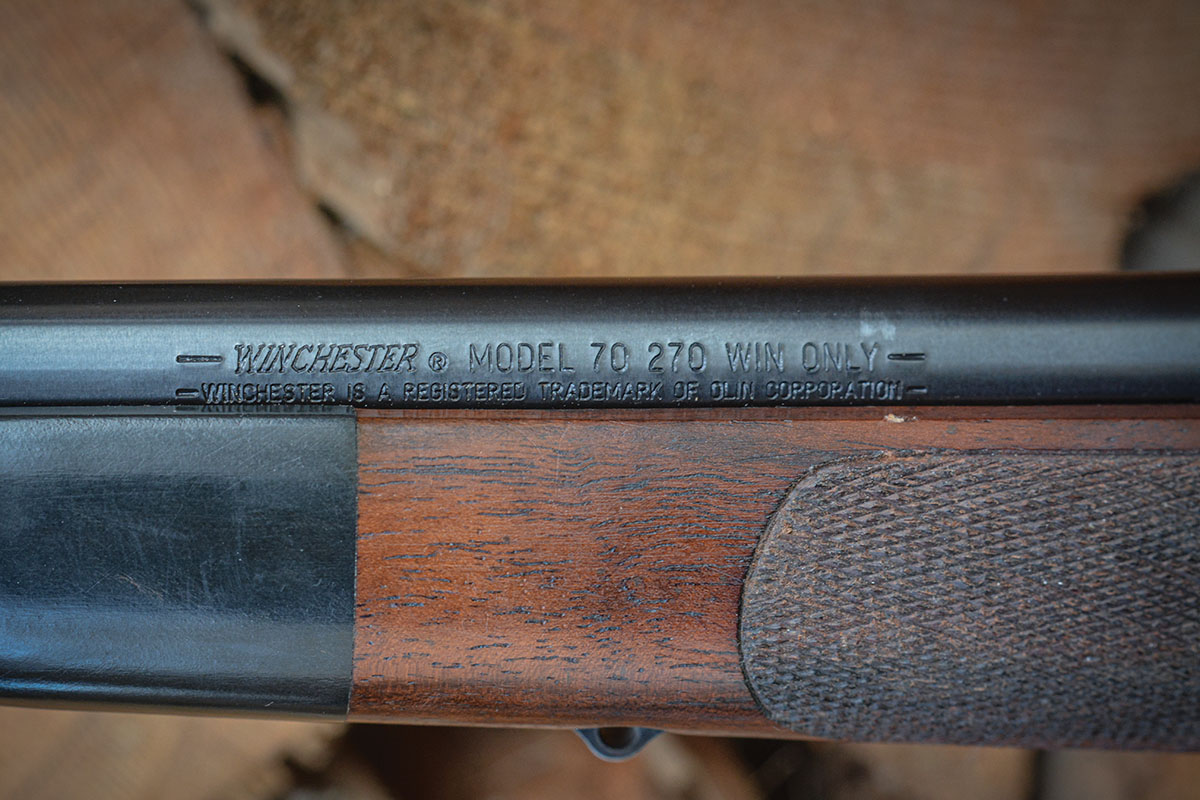
The Model 51 should have served as the official platform to launch what would become a legendary cartridge, but a huge obstacle soon appeared in the form of Winchester Vice President Frank Drew. Drew loved lever guns and is quoted as saying that bolt-action sporting rifles were “frivolous toys” and “unsaleable” and producing such a rifle would be “folly.” Drew was influential and convinced the Board of Directors to cancel the Model 51 project in early 1920. His timing was poor, as many World War I soldiers returning to civilian life had been introduced to the bolt-action rifle and wanted a commercial version to hunt with.
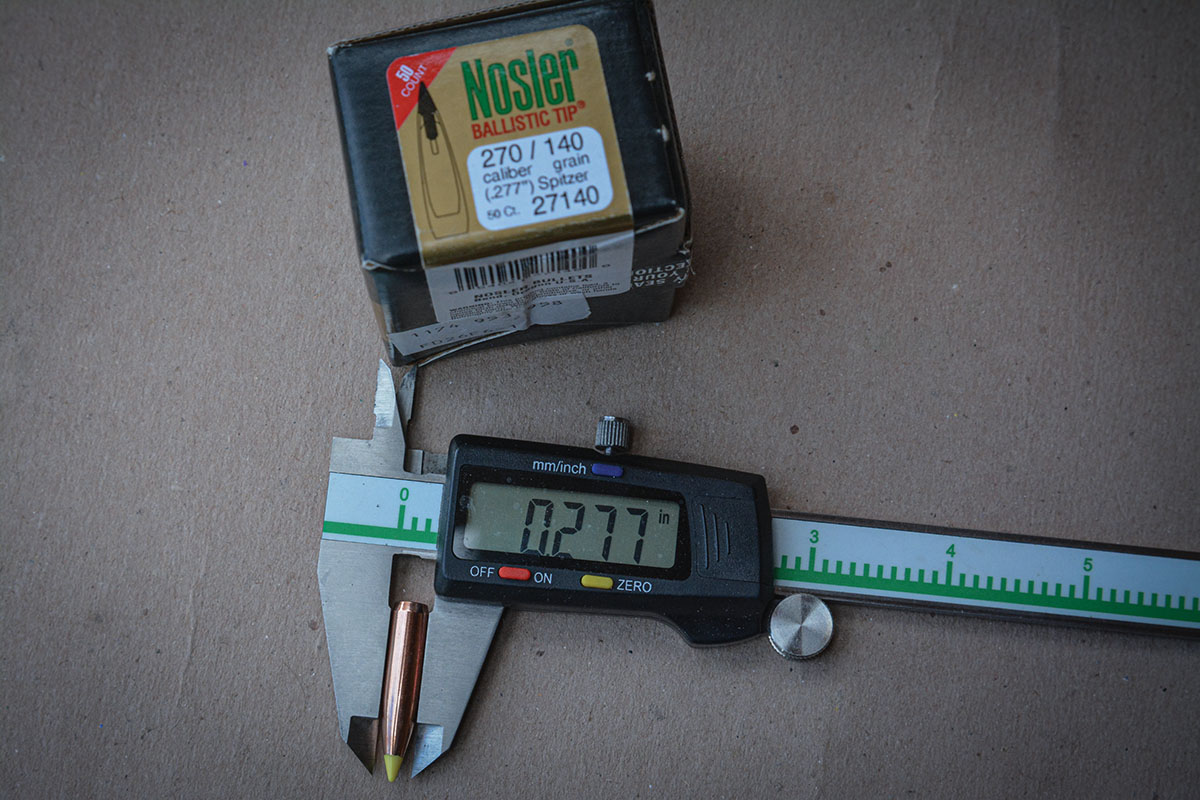
That could have been the end of the story. Still, Winchester’s biggest competitor, Remington Arms, recognized the demand for bolt-action sporting rifles and introduced the Model 30 that was based on the Enfield M1917 action in 1920/1921. Still, it was priced to appeal to the working man’s budget. Despite Remington already having the tooling on hand when they were producing the M1917 for the U.S. Military through World War I, the cost of manufacturing this rifle was very high, and the company was losing money on every Model 30 rifle they built. Nonetheless, this gun established that the American sportsman wanted a modern bolt-action rifle for hunting.
By 1924, former Winchester Vice President Drew had become company President and conceded (or ate a little crow) that dropping the Model 51 was a huge mistake! Winchester made the decision to move forward by designing a totally new bolt-action rifle known as the Model F, or what would become the Model 54, that was formally introduced in 1925. And in addition to the almost guaranteed-to-be-popular 30-06 chambering (due to it being a highly versatile hunting cartridge and a military round, which is a combination that virtually guarantees a cartridges success commercially) it was offered in a few other established calibers such as 257 Roberts, 7x57 Mauser, 30-30 Winchester, 9x57 Mauser and later the 22 Hornet, 220 Swift and 250-3000 Savage. But from the very beginning, a brand new cartridge was offered, that came from left field, so to speak, the 270 W.C.F. had arrived! Besides being new, it was also a new bullet/bore diameter that was unknown to the U.S. or foreign markets. However, shooters and hunters were still excited to buy a new rifle chambered in 30-06, so 270 sales were initially modest, but respectable.
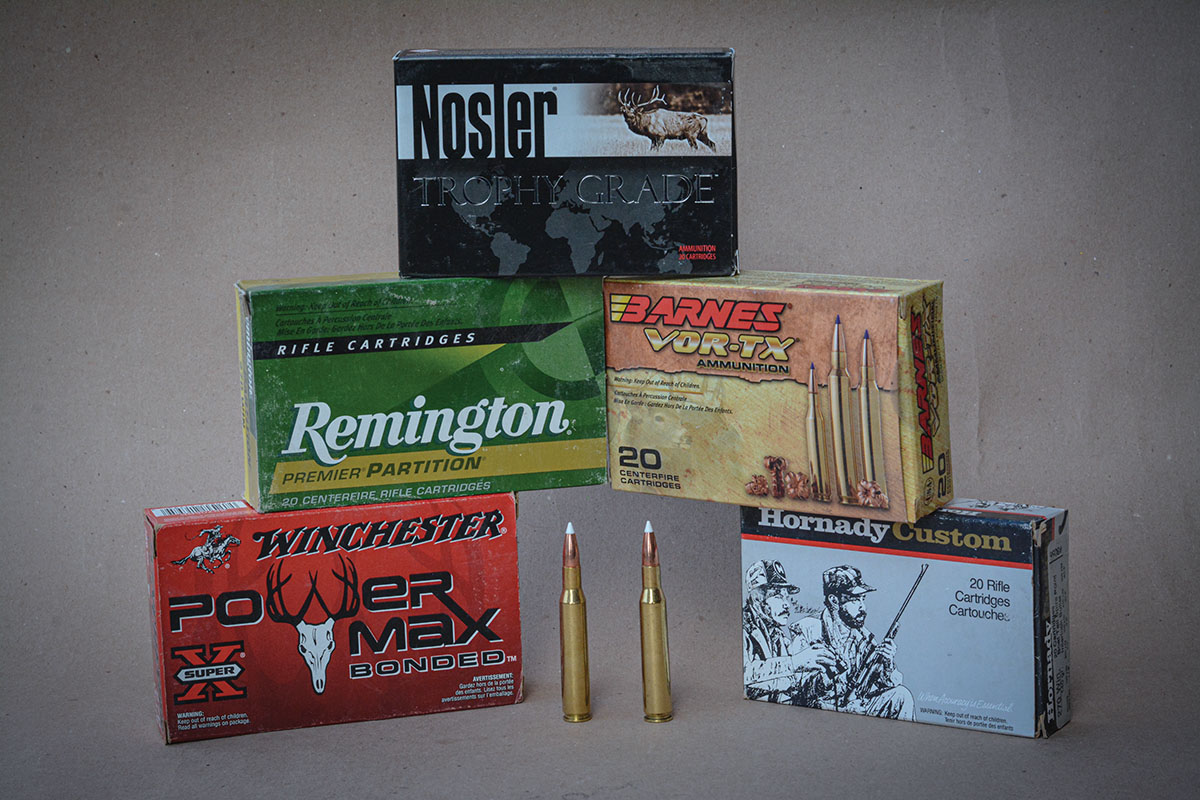
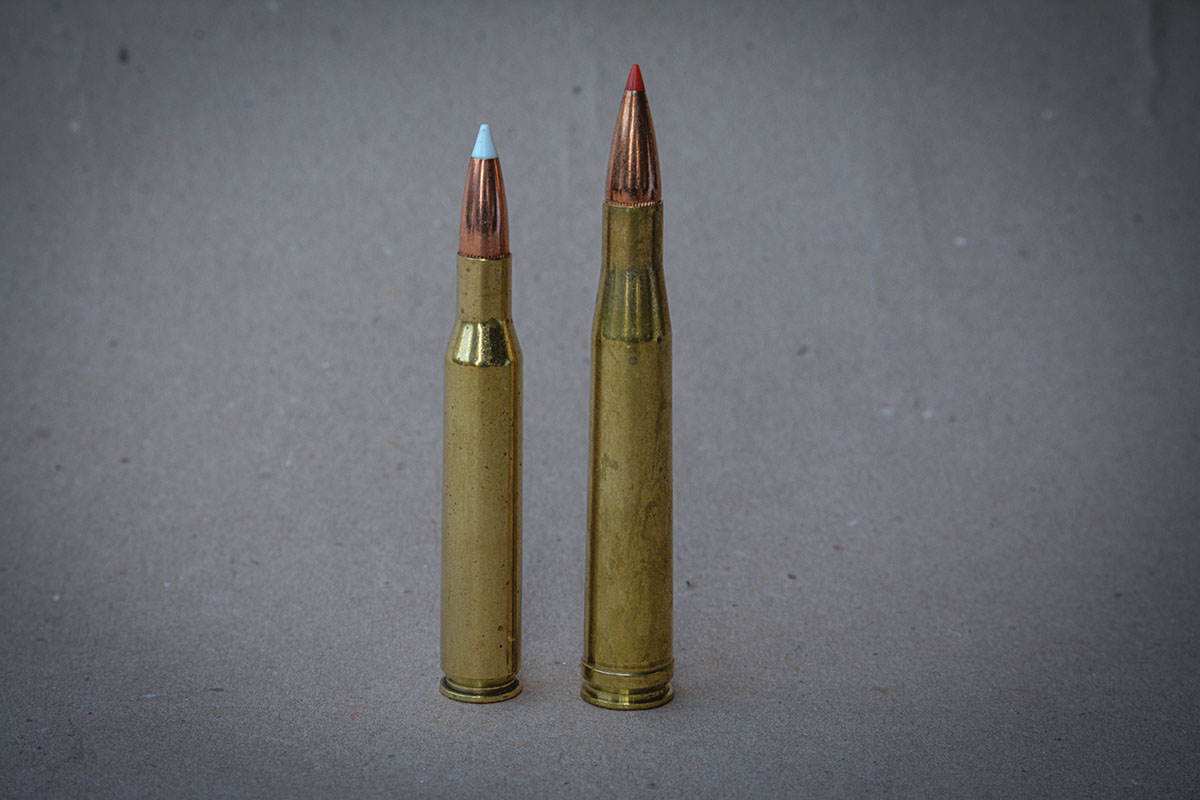
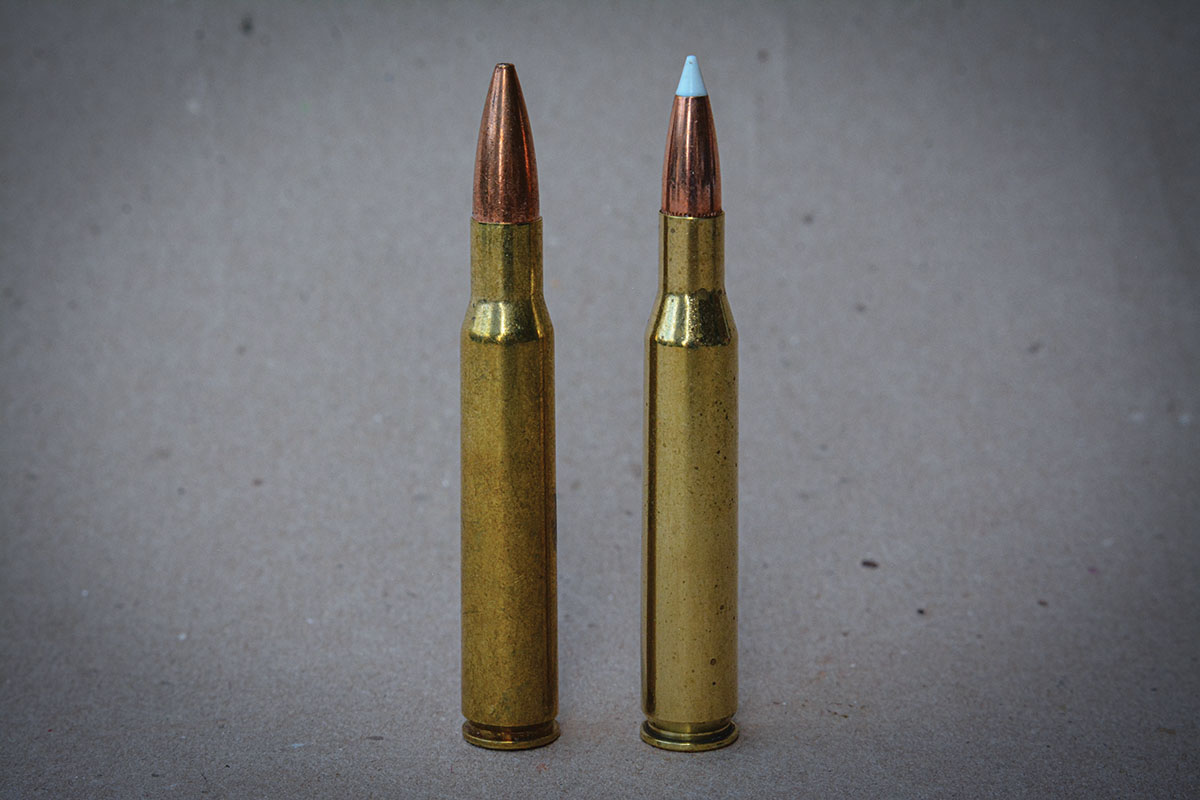
Early ballistics listed a 130-grain bullet at 3,160 fps, and pressures are reported to be 52,000 CUP (but are currently listed by the SAAMI at 65,000 psi). The velocities of factory loads were naturally obtained from 24-inch barrels and were typical of that era, but were overstated by 50 to 100 fps. Nonetheless, the 270 was sensational as no other factory-produced, regularly available cartridge from that era shot flatter at normal hunting distances. The 300 H&H Magnum was introduced around 1920, with the first U.S. factory loads offered in 1925 that more or less matched the 270’s trajectory. Still, that belted magnum cartridge did not offer the huge widespread appeal to deer and antelope hunters.
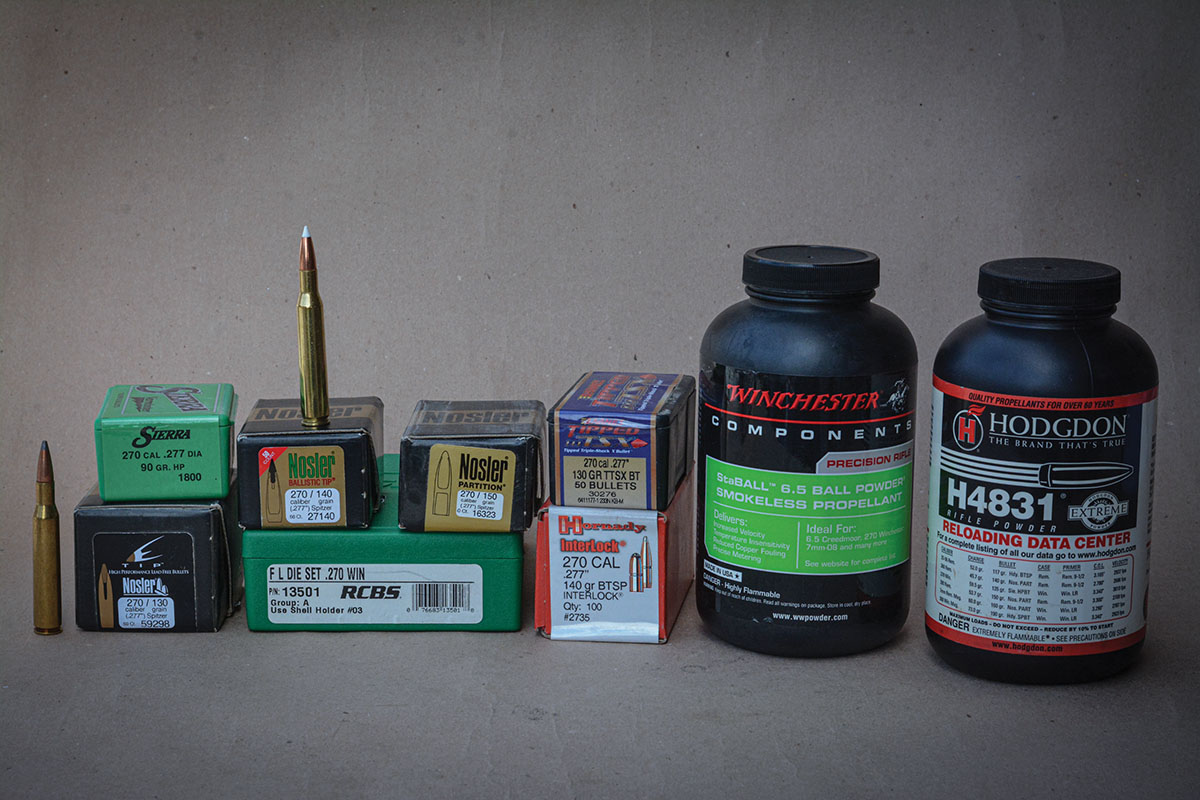
Eventually, a 150-grain bullet weight was added for hunters wanting deeper penetration on black bears and larger species, along with lightweight varmint bullets to add further to its versatility.
Today, bullets and loads for the 270 are hugely improved, making it far more effective on game. And bullets have become much more specialized. In other words, we have the luxury of selecting a bullet that performs perfectly for a specific task. For example, we have factory ammunition with bullets that offer rapid expansion, such as the Nosler Ballistic Tip, Hornady SST, Swift Scirroco II, and others. They are devastating to the heart and lung area of deer, antelope, sheep, and similar game and perform with ultra-reliability. When the 270 is used on larger species such as black bear, elk, moose, or African plains game, bullets such as the Nosler Partition, Swift A-Frame, Barnes Triple Shock X-Bullet, etc., serve to increase penetration and reliability. And sleek new designs, such as the Nosler Accubond LR and Hornady ELD-X, have further improved downrange ballistics. (Note: The most common barrel twist is 1:10, which will not stabilize heavyweight bullets designed for fast twist barrels that generally exceed 160-grains.) Again, due to advancements in bullet design, the 270 is a far more effective hunting cartridge than ever before.

Now it’s time for a little humor. It is doubtful that any other individual did more to promote and popularize the 270 than Jack O’Connor (1902-1978). O’Connor wrote many books and magazine articles and was a master wordsmith, storyteller, and entertainer. This was during an era when there were only a handful of gun, hunting, and outdoor-related magazines, and there were only a fraction of the writers compared to what we have today. Virtually anyone who read magazines knew who Jack was. O’Connor hunted extensively around the world and became famous for his love affair with the Model 70 rifle and 270 Winchester cartridge. He promoted the cartridge so heavily that it almost seemed like other sporting cartridges were useless! At this point, noted writer Elmer Keith began taking “pokes” at O’Connor in print, just for fun, and O’Connor poked back! Some saw this as a feud between the two hugely influential writers, but in my opinion, it was not. Let me explain.
O’Connor was known to be disrespectful to many other writers, but not Keith! I have read letters between the two, and clearly O’Connor had great respect for Keith. But Keith just liked to chide O’Connor, and it worked. It should also be pointed out that O’Connor used the 270 on larger species on the outer limit of its power level, which is a perfect reminder of the importance of shot placement. However, O’Connor was a hunter. He could choose his shots carefully. If something went wrong, the guide or professional hunters’ job required them to clean up the mess by trailing a wounded grizzly into the alders or tracking for miles, which can be difficult, tedious, and less than perfect shots are presented for the guide. Keith, on the other hand, was a guide and outfitter for 25 years in some of the roughest, toughest country in the lower 48 states. While he, too, wanted perfect shot placement, he also wanted cartridges with enough muscle to reliably take the game at hand. These two men just had two distinctly different perspectives.
With all of that said, Keith liked the 270! For example, in his 1936 book “Big Game Rifles,” Keith states, “The .270 Winchester…is a very good cartridge for all our lighter big game.” He continues, “When it (the .270) is restricted to game that really comes under its power, it is a fine cartridge indeed. Many hunters swear by it for elk and moose shooting, but I have noticed that they are nearly all very experienced old hunters, who possess the skill and patience to properly place their shot or else not shoot.” Many times, Keith repeats this same position in later books and articles, and even talks about how quickly it kills with heart and lung shots.
Nearly thirty years ago, I became acquainted with Frank Keith from Baker, Oregon, Elmer’s nephew. He showed me around the old Keith ranch at Durkee, Oregon, that he still owned at that time. He told me that around 1939, he and his father, Si, traveled to North Fork, Idaho, to hunt mule deer with Uncle Elmer.
Frank asked him what rifle and cartridge he should purchase for his first big game hunting rifle. Elmer strongly suggested a Model 70 chambered in 270. Frank hunted deer, elk, and antelope with that same rifle for nearly 60 years (at that time) and swears by both the rifle and cartridge.
In addition to praising the 270, O’Connor helped popularize the so-called mountain rifle for hunting sheep, deer, and antelope. The rifle had to be of modest weight to be carried on long hikes and hard climbs, but still had to be chambered in a cartridge that offered a flat trajectory with enough power for reliable performance at long range. While O’Connor had several high-grade custom-crafted walnut and blue steel Winchester Model 70s built to his specifications, the most famous was a pre ’64 Featherweight version custom-stocked by master craftsman Al Biesen that he named “No.2” and was naturally in 270. O’Connor traveled the world with this rifle, and it became his trademark, so to speak. I have handled the original, a flawless work of art, and it boasts a wonderful design. A few years back, Winchester offered a special JOC Model 70 tribute rifle patterned after the original, which is one of my favorites. Regardless, the 270 became the quintessential mountain rifle cartridge.
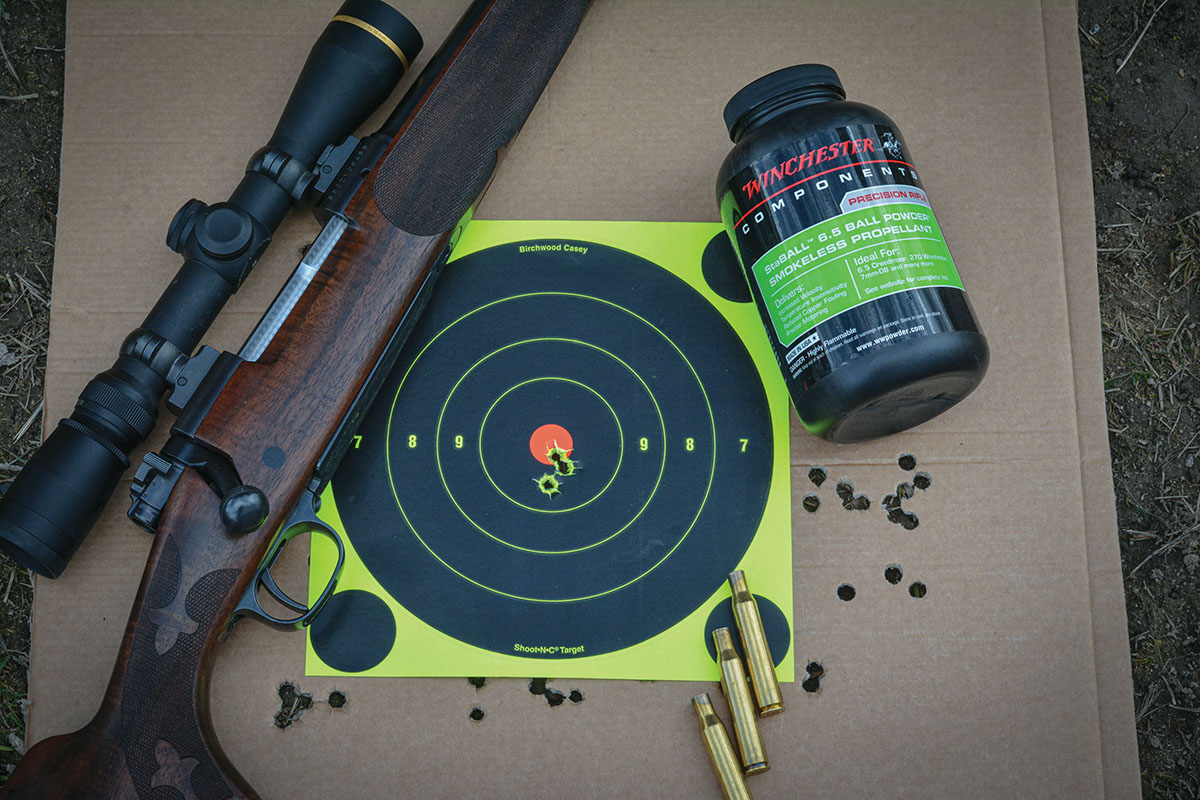
The 270 has been challenged by new cartridge developments of the same caliber. The first was when Roy Weatherby developed his belted case 270 Magnum around 1943. While it’s an impressive high-velocity cartridge that has enjoyed good sales, it has not challenged the 270 Winchester’s popularity. The 270 WSM appeared in 2002 and is designed to function in short-action rifles, offering a velocity increase. While sales were robust at first, it still has not replaced its much older brother. In 2019, Sig introduced the 277 Sig Fury with a steel case head and loaded to 80,000 psi, but it cannot be chambered in conventional bolt-action rifles due to its high pressures and significant case head thrust, which has limited widespread popularity. The 27 Nosler was introduced in 2020, which offers high velocity using heavy caliber bullets (with a 1:8.5-inch barrel twist), making it an impressive cartridge specifically for long-range hunters. Winchester’s latest offering is the 6.8 Western that was formally introduced in 2021 and features a 1:7.5 barrel twist rate to stabilize heavy-for-caliber, high B.C. bullets for long-range shooters. Somehow, the above cartridges have lost part of the 270’s original charm. They are each great cartridges in their own right, but barrel life is shortened, muzzle report is increased, recoil is increased, rifles are usually heavier, and barrels are typically longer.
In addition to domestic rifles, practically every standard sporting bolt-action rifle from around the world has been offered in 270. However, it has also been offered in auto-loading, pump, single-shot, and lever-action rifles and even handguns. The list of firearms is truly impressive.
I suspect that the Winchester engineers who created the 27 CAL, which became the 270 Winchester in 1925, knew they had created a truly outstanding cartridge. But they probably did not know that we would be celebrating its magnitude 100 years later. Regardless, it’s a sweetheart that is just as useful today as a century ago!


